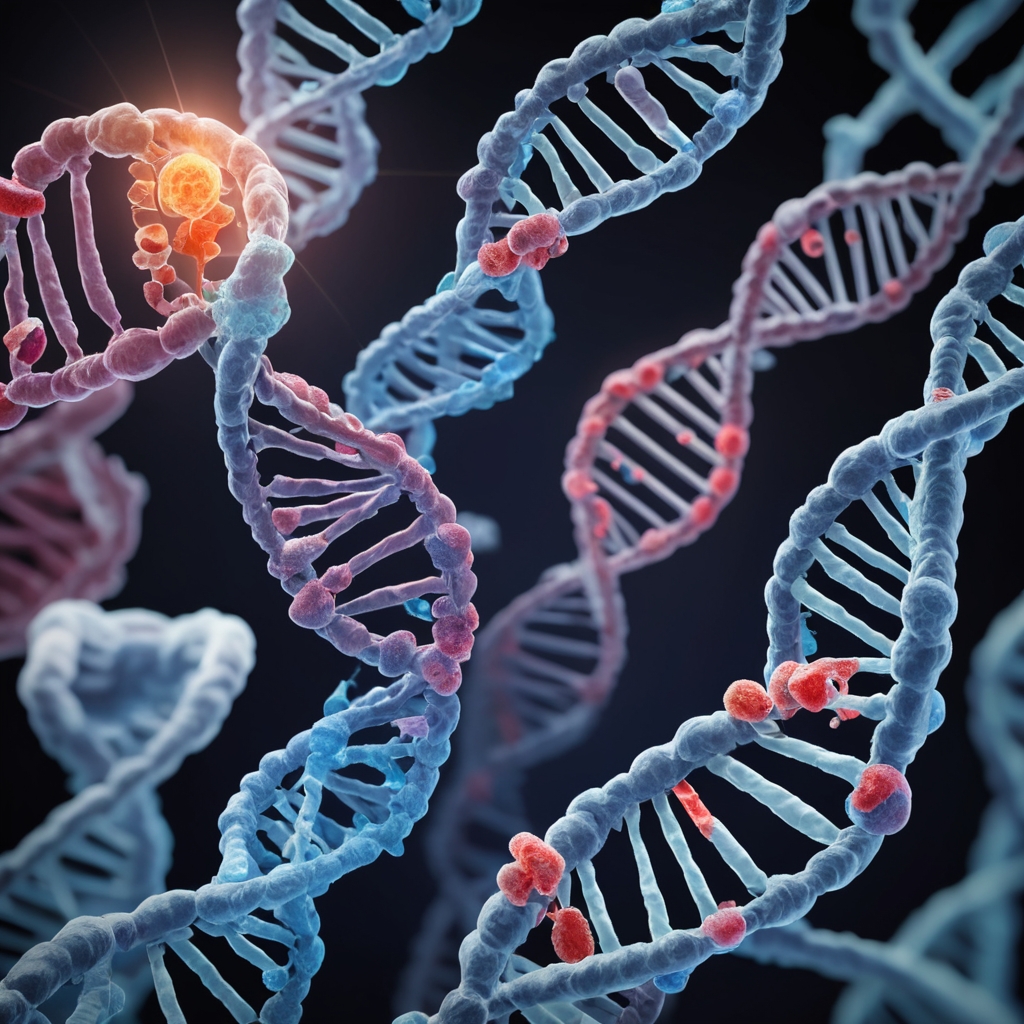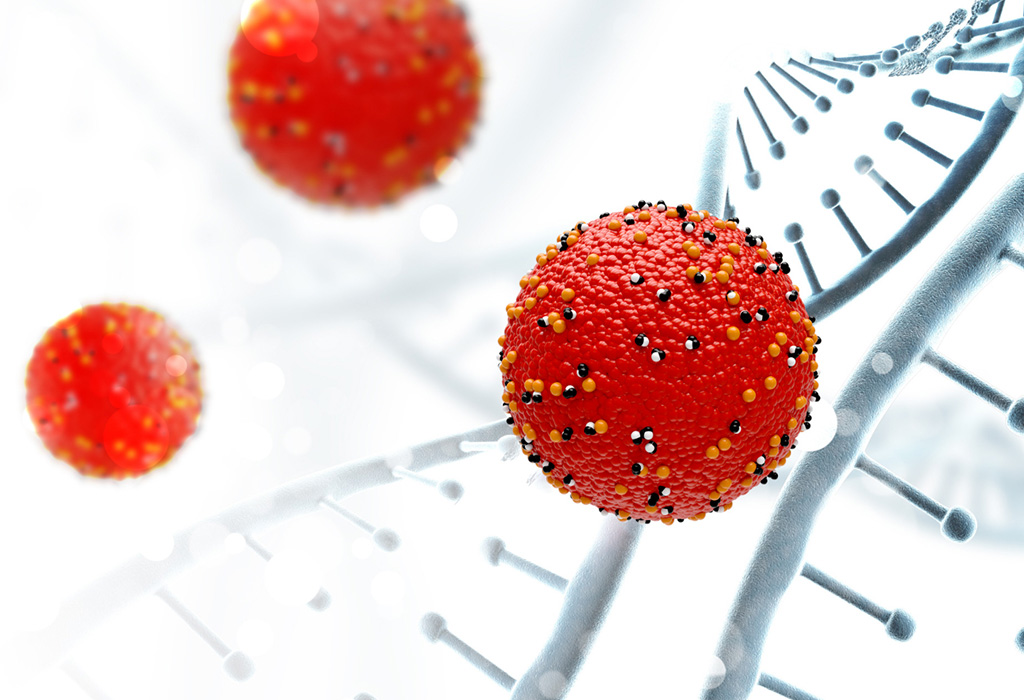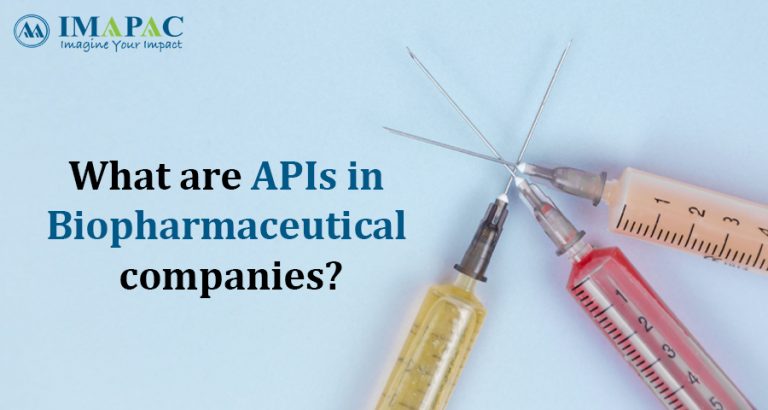Since the 1950s, 5-fluorouracil (5-FU) has been a cornerstone in cancer treatment, particularly for cancers of the blood and digestive tract. For decades, the belief has been that 5-FU works by damaging the DNA of cancer cells, disrupting the cell’s ability to repair and replicate. However, groundbreaking research from MIT is challenging this long-held belief, offering fresh insights into how this drug actually works in gastrointestinal (GI) cancers like colon cancer.
A new study reveals that 5-FU kills cancer cells primarily by interfering with RNA synthesis, not by damaging DNA as was previously thought. This discovery could transform how doctors approach chemotherapy for colon cancer and potentially improve outcomes for many patients.
The New Understanding of 5-FU’s Mechanism
The research team, led by Michael Yaffe, a David H. Koch Professor of Science at MIT, found that in cancers of the colon and other GI cancers, 5-FU works by disrupting the production of ribosomal RNA. This RNA is essential for the creation of ribosomes, the cellular machinery that assembles proteins. When ribosome production is impaired, cancer cells can’t make enough proteins to function, ultimately leading to cell death.
“We’ve shown that RNA damage, not DNA damage, is the key to how 5-FU kills GI cancer cells,” Yaffe explained. “This challenges the textbook explanation and offers a new way of thinking about how the drug works in these types of tumors.”
Reevaluating Drug Combinations
5-FU is often administered alongside other chemotherapy drugs, such as oxaliplatin or irinotecan, which target DNA. The assumption has been that combining 5-FU with DNA-damaging drugs would create a powerful, synergistic effect, attacking the cancer from multiple angles. However, the MIT study reveals that in many cases, the combination of 5-FU and DNA-damaging drugs can be antagonistic, meaning the drugs may counteract each other rather than work together effectively.
The team, including researchers from the University of North Carolina, analyzed clinical data from colon cancer patients who had been treated with these drug combinations. They found that the hoped-for synergistic effects on survival were rarely achieved.
“This combination was expected to be more effective because you’re targeting different parts of the same process—DNA damage and nucleotide synthesis,” Yaffe said. “But we found that, particularly in colon cancer, these combinations often don’t work well together. In fact, one drug might undo what the other is trying to achieve.”
The Importance of RNA Damage
Inside cancer cells, 5-FU is broken down into two metabolites. One interferes with DNA, while the other is incorporated into RNA. The researchers found that the RNA-targeting metabolite was much more effective at killing colon cancer cells than the DNA-targeting one.
By damaging ribosomal RNA, 5-FU prevents cancer cells from producing new ribosomes. This not only halts protein production but also triggers a chain reaction that leads to the destruction of proteins involved in ribosome formation, ultimately pushing the cells toward programmed cell death, or apoptosis.
The team is now investigating the specific signaling pathways that link ribosomal RNA damage to apoptosis, with the hope of identifying new targets for therapy.
Potential for New Treatment Combinations
The findings suggest that combining 5-FU with drugs that enhance its RNA-damaging effects could offer a more effective treatment for colon cancer patients. For example, the researchers found that inhibiting a protein called KDM2A, which suppresses ribosome production, increased the rate of cell death in colon cancer cells treated with 5-FU.
Conversely, combining 5-FU with DNA-damaging drugs may actually reduce the drug’s effectiveness, as some DNA-damaging drugs stop the cell from making new ribosomes, thus negating 5-FU’s RNA-targeting action. The researchers propose that giving these drugs in sequence rather than simultaneously might allow patients to benefit from both therapies without them canceling each other out.
Looking Ahead
Yaffe and his team hope to conduct clinical trials that test the timing and sequencing of these drug combinations, with the goal of optimizing treatment schedules for better outcomes. They also aim to identify biomarkers that could predict which patients would benefit most from 5-FU-based therapies.
“A clinical trial is needed to confirm these findings, but it should be relatively easy to initiate since these drugs are already part of the standard treatment for GI cancers. We’re just suggesting a change in timing,” Yaffe said.
The study, published in Cell Reports Medicine, is the most definitive to date in showing that RNA damage plays a central role in how 5-FU kills cancer cells in GI cancers. This new understanding could lead to better, more personalized treatment options for patients.
Conclusion
This discovery not only reshapes the way scientists understand 5-FU’s mechanism of action but also opens the door to new treatment strategies that could significantly improve outcomes for colon cancer patients. By focusing on RNA damage, rather than DNA damage, researchers may be able to develop more effective drug combinations and improve the survival rates for many cancer patients.
Come and join us at the 3rd ANZ Biologics Festival 2025, where the brightest minds in biologics manufacturing, cell and gene therapy, and RNA therapeutics will converge to shape the future of Australia’s and New Zealand’s biopharma industry. This premier event is your opportunity to connect with leading researchers, innovators, and industry pioneers as they showcase groundbreaking advancements and explore collaboration opportunities that can drive the sector forward. Be part of this pivotal moment to expand manufacturing capabilities, accelerate innovation, and attract investment in one of the world’s most promising biologics markets. Find out more: https://imapac.com/events/australia-biologics-festival/
This article is based on materials provided by the Massachusetts Institute of Technology. Original written by Anne Trafton. Note: Content may be edited for style and length.
Journal Reference:
Jung-Kuei Chen, Karl A. Merrick, Yi Wen Kong, Anita Izrael-Tomasevic, George Eng, Erika D. Handly, Jesse C. Patterson, Ian G. Cannell, Lucia Suarez-Lopez, Aaron M. Hosios, Anh Dinh, Donald S. Kirkpatrick, Kebing Yu, Christopher M. Rose, Jonathan M. Hernandez, Haeun Hwangbo, Adam C. Palmer, Matthew G. Vander Heiden, Ömer H. Yilmaz, Michael B. Yaffe. An RNA damage response network mediates the lethality of 5-FU in colorectal cancer. Cell Reports Medicine, 2024; 101778 DOI: 10.1016/j.xcrm.2024.101778





